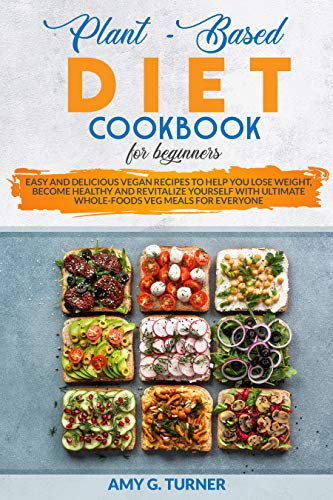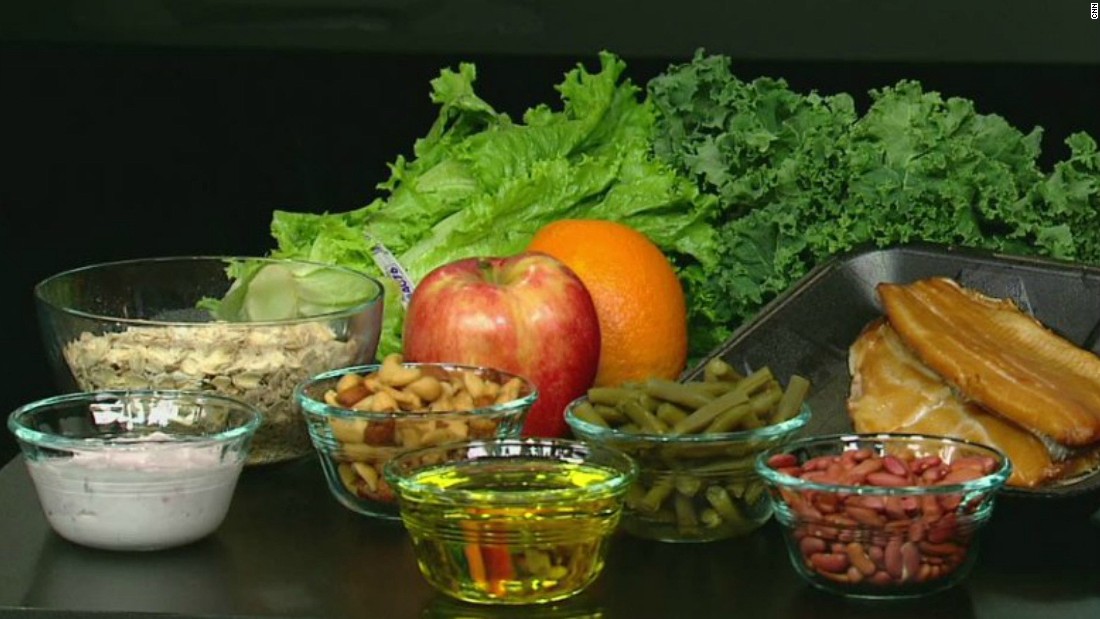
There are many reasons why a vegetarian may choose to eat eggs. These foods are high in protein and other vital nutrients. Eggs are rich in high-quality protein (more than 6 grams) and a number of vitamins and minerals. Choline is a crucial nutrient that is found mainly within the yolk. Vegetarians may choose to eat egg yolks as a source for variety and essential nutrients. But there are also disadvantages. This article discusses the benefits of a vegetarian diet that includes eggs.
Ovo-vegetarians
Ovo vegetarians are vegetarians who eat no dairy products. The dairy industry is known for being cruel to animals. These animals are kept pregnant and raised in conditions that do not promote their welfare. The mother does not give her calves access to her milk. The cruelty to animals does not stop with dairy products. Ovo-vegetarians avoid eating eggs to support these harmful practices.
Ovo-vegetarians eat egg yolks, which are rich in protein. To avoid dairy, they need to carefully read the ingredient label. Chocolates are often made with dairy. Some vitamin D supplements may be fortified with calcium. People who find it difficult to follow this diet plan may want to consider becoming vegan. Ovo-vegetarians have the option of a healthy, balanced meal that doesn't cost too much.

Lacto-ovo vegetarians
The lacto-ovo vegetarian diet contains eggs and dairy products. It has lower calories and fiber levels than most vegetarian diets. It helps maintain healthy blood sugar levels. This diet will encourage you to increase your fruits and vegetables intake and decrease your intakes of saturated and/or trans fats. It is an option for people who are looking to lose weight and are concerned about their diet's fat content.
Studies show that lacto vegetarians have a lower chance of developing type 2 diabetes, than omnivores. Eating meat has been associated with an increased risk of diabetes, but this effect may not be directly related to meat consumption. Vegetarian diets tend to lower blood cholesterol levels and increase the consumption of healthy foods, which may improve blood sugar control and insulin sensitivity. However, vegetarian diets are not for everyone.
Pesco pollo vegetarians
For those who want to reduce their red meat intake, the Pollo-Pollotarian Diet is an excellent option. This diet is less likely to make people feel deprived and it helps them lose weight. This type of diet is not only good for your health, but it is also less harmful to our environment, which is becoming a major concern for many.
A pollo vegan doesn't consume red meat but they avoid eggs, dairy, and other animal products. These people generally eat fruits, vegetables, whole grains, beans, and other foods. Pesco pollo vegetarians may also consume eggs, dairy products, and fish. It is up to the individual to decide whether they eat eggs. However, ethical and health considerations often play a major role. Some Pollo vegetarians will eat both eggs and fish, while others won't.

Lacto-vegetarians
A lacto vegetarian is someone who avoids eating meat, fish, or dairy products. These people are generally vegetarians. However, some may eat eggs. A lactovegetarian diet consists mainly of plant-based foods like dairy products and grains. For instance, lacto-vegetarians should eat a lot of nuts and seeds, including almonds, pistachios, Brazil nuts, chia, hemp, sunflower, and flax.
A lacto vegetarian diet has many benefits. It includes a decrease in dairy products and animal-derived meats. A lactovegetarian's cholesterol will be low and they will have a lower risk of heart disease. It's a good idea that you eat at most five servings of protein each day. Eggs and dairy products are great sources of protein. You can also eat eggs and dairy products. Lacto-vegetarians will be able to eat baked chickpeas or Greek yogurt.
FAQ
How do you know what is best for you?
Listen to your body. Your body is the best judge of how much exercise, food and rest you should get. You need to be aware of your body and not overdo it. Listen to your body and make sure you're doing everything you can to stay healthy.
How can I lower my blood pressure
Find out the causes of high blood pressure first. Next, you must determine the cause and take steps to decrease it. You can do this by eating less salt, losing weight, or taking medication.
Exercise is also important. Walking is a great alternative if you don't have the time or energy to exercise regularly.
A gym membership is a good idea if you don't like how much exercise your doing. A gym that has other members who share your goals will be a good place to start. It is easier to adhere to a fitness routine when someone else will be there with you.
How can I live a life that is full of joy every day?
To live a happy life, the first step is to discover what makes you happy. Once you know what makes you happy, you can work backwards from there. Asking others about their lives can help you to see how they live the best life possible.
You might also enjoy books like "How to Live Your Best Life", by Dr. Wayne Dyer. He discusses finding happiness and fulfillment throughout our lives.
Is being cold bad for your immune system?
Being cold gives you a weaker immune system because when you are cold, your body produces less white blood cells which fight infections. You will feel less pain if you are cold.
Statistics
- In both adults and children, the intake of free sugars should be reduced to less than 10% of total energy intake. (who.int)
- According to the 2020 Dietary Guidelines for Americans, a balanced diet high in fruits and vegetables, lean protein, low-fat dairy and whole grains is needed for optimal energy. (mayoclinichealthsystem.org)
- WHO recommends consuming less than 5% of total energy intake for additional health benefits. (who.int)
- This article received 11 testimonials and 86% of readers who voted found it helpful, earning it our reader-approved status. (wikihow.com)
External Links
How To
What does the meaning of "vitamin?"
Vitamins are organic compounds naturally found in food. Vitamins are essential for our bodies to absorb nutrients from the foods we eat. Vitamins cannot be produced by the body. They must be obtained from food.
There are two types vitamins: water soluble or fat soluble. Water-soluble vitamins dissolve in water easily. Vitamin C,B1(thiamine), B2 (2riboflavin), and B3 (3niacin), as well as vitamin C,B1, B2 (riboflavin), and B3 (niacin), vitamin B6 (pyridoxine), vitamin folic acid (biotin), pantothenic, and choline are examples. The liver and fatty tissue are the main storage places for fat-soluble vitamins. Some examples include vitamin D and E, K, A, beta carotene, and A-vitamins.
Vitamins are classified based on their biological activity. There are eight main groups of vitamins.
-
A - essential for normal growth and maintenance of health.
-
C is important for nerve function and energy production.
-
D - Vital for healthy bones and teeth
-
E is needed for good reproduction and vision.
-
K - Required for healthy nerves and muscles.
-
P – vital for building strong bones.
-
Q - Aids in digestion and absorption.
-
R is required for the production of red blood cells.
The recommended daily allowance (RDA), for vitamins, varies based on gender, age, and physical condition. The U.S. Food and Drug Administration sets RDA values.
For adults over 19 years, the RDA is 400 mg per day for vitamin A. Pregnant women require 600 micrograms daily to support fetal development. Children ages 1-8 require 900 micrograms per day. Children under 1 year old require 700 micrograms daily, while infants over one year old need 500 micrograms every day. This decreases between 9 and 12 months.
Children aged 1-18 require 800 micrograms of sugar per day, while those who weigh more than 1200 need 1000. For their nutritional needs, underweight children need 1200 mg per day.
Children aged 4-8 who have anemia are required to consume 2200 micrograms of Vitamin C daily.
2000 micrograms daily is required for adults over 50 to maintain their general health. Because of their higher nutrient needs, women who are pregnant or nursing need 3000 mg per day.
1500 micrograms is the recommended daily intake for adults aged 70+, as they lose 10% of their muscle every ten years.
Women who have been pregnant or are lactating require more than the RDA. Pregnant woman need 4000 micrograms daily in pregnancy and 2500 per day after childbirth. Breastfeeding mothers need to consume 5000 micrograms each day when breastmilk has been produced.